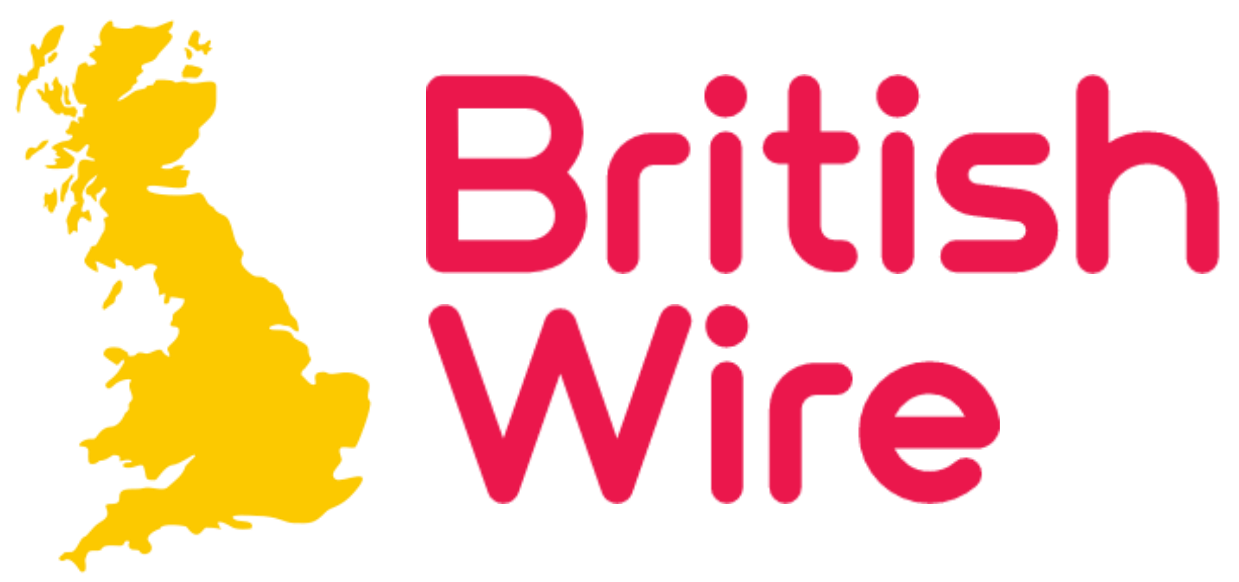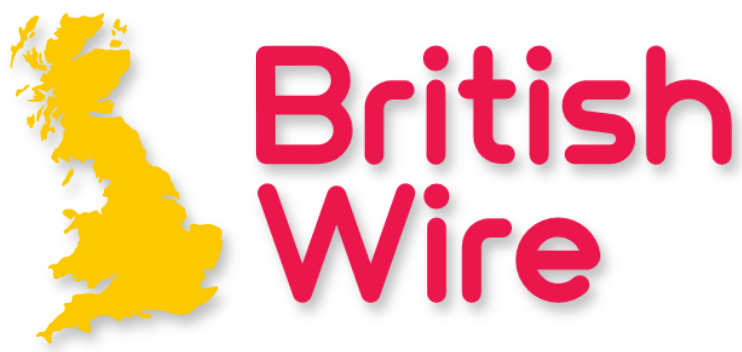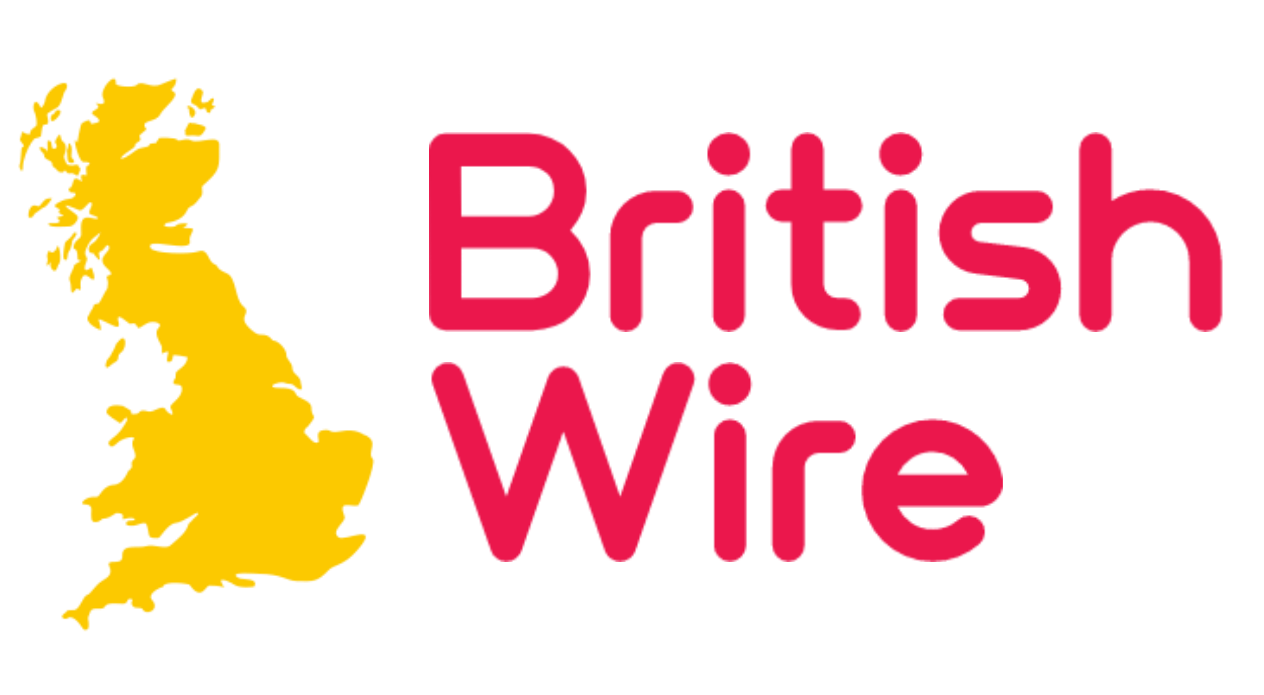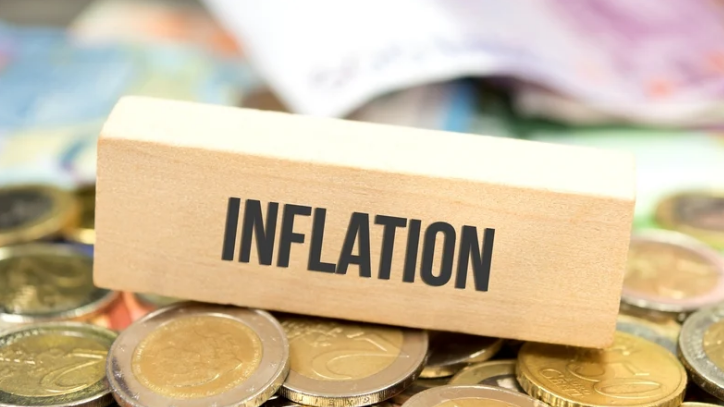Inflation in Ireland continued its upward trend in April, with annual consumer prices rising to 2.2%, up from 2% in March, according to new figures released by the Central Statistics Office (CSO).
This marks the second consecutive month that inflation has met or exceeded the 2% mark, a key benchmark for price stability. The CSO’s Harmonised Index of Consumer Prices (HICP) — which excludes mortgage interest costs — also recorded an increase, reaching 2% on an annual basis, up from 1.8% in March.
The latest data highlight a notable increase in the cost of recreation and culture, which saw the sharpest annual rise among all sectors at 4.2%. This was primarily driven by higher prices for package holidays, indicating renewed demand for travel and leisure.
Food and non-alcoholic beverages also saw a significant rise, with prices climbing 3.4% over the past year. Increases were noted across a range of staples, including meat, dairy products like milk and cheese, chocolate, and soft drinks.
However, not all categories saw rising prices. Clothing and footwear experienced a 2.6% drop, largely attributed to seasonal sales, while prices for furnishings, household equipment, and routine maintenance dipped by 0.9%.
On a month-to-month basis, the trend continued with package holidays again driving higher costs in the recreation category, and communication prices climbing 1.8%. Clothing, footwear, and household furnishings each saw a modest monthly decrease of 0.2%.
The CSO also released its National Average Prices report for April, offering a snapshot of common household items. Notable increases included a 97-cent rise in the price of a pound of butter and a 79-cent hike in the cost of Irish cheddar cheese per kilogram. Two litres of full-fat milk rose by 27 cent, while an 800g loaf of brown sliced pan edged up by two cent.
Some relief was seen in the price of potatoes, with a 2.5kg bag falling by 17 cent, and a 500g pack of spaghetti dropping by two cent. The price of an 800g loaf of white sliced pan remained unchanged compared to the same time last year.
The data suggests ongoing pressure on household budgets, particularly from food and travel-related expenses, even as other categories like clothing and home goods offer slight reprieves.

















